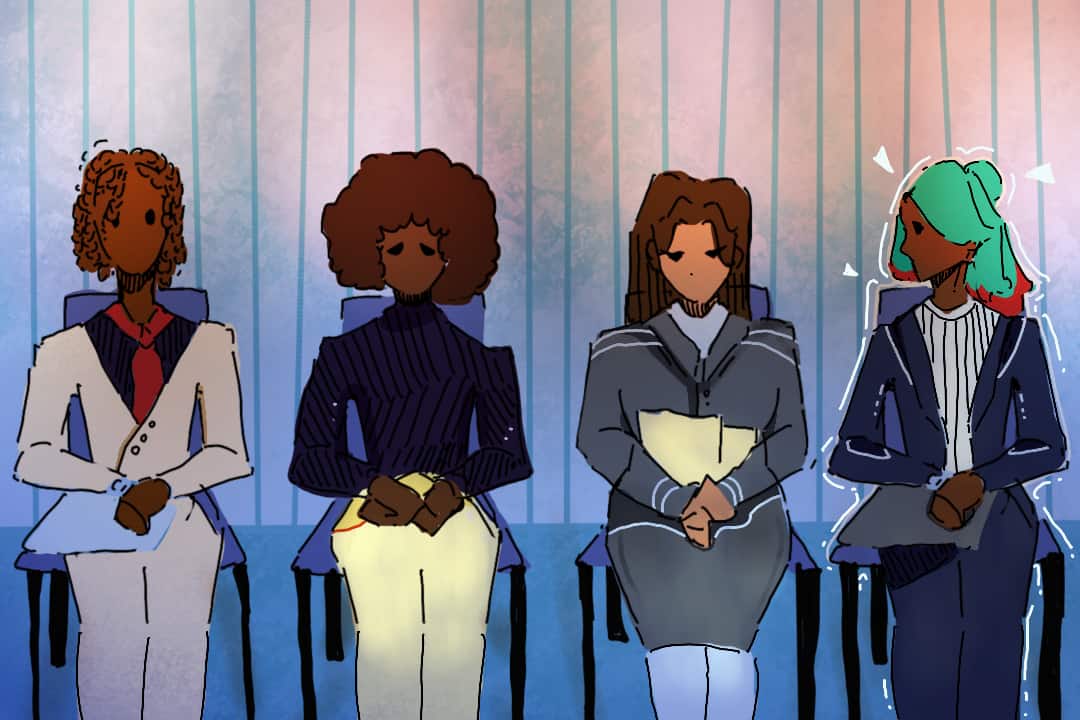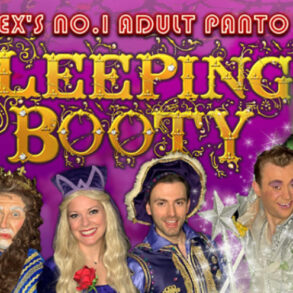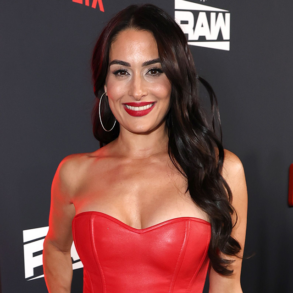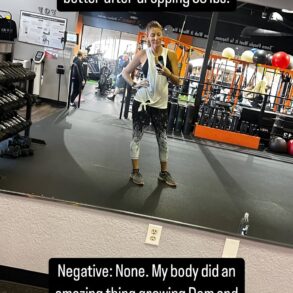
Content warning: This article discusses enslavement, violations of the bodily autonomy of Black women, and sexual violence.
Since childhood, I have always cherished my hair as a symbol of my identity and culture. I have never doubted its beauty, whether it is styled in twists or braids, straightened, or left in its natural afro state. I grew up as a first-generation Canadian in a Nigerian household, where we celebrate Nigerian and broader African beauty standards. I owe immense gratitude to my mother for instilling in me a deep sense of pride in my hair and the diverse cultural expressions it represents.
And yet, validating its “professionalism” has been incredibly challenging. I consciously ‘subdue’ my hair choices — styling my hair in an afro, and keeping the colour strictly black if my hair is in braids — in office spaces. Although no explicit standard has told me to do so, I know there are ‘safe’ hair choices that make certain spaces easier.
I also know this pressure is not one I am alone in feeling. Many of my friends who are Black men and have locs have chosen to cut them to conform to this unspoken standard. They feared what stereotypes others might apply to them, on top of already having to navigate the microaggressions that come with being Black men in the corporate sphere.
Even with these shared experiences, we could never pinpoint where it was coming from. So being a U of T undergraduate, I turned to what I know best to help find an answer: research. And as it turns out, that answer is inherently correlated with enslavement.
How enslavement made Black hair ‘unprofessional’
The vilification of Black hair began with the initial encounters between Europeans and early Africans. European observers, in their first interactions with diverse African peoples, noted disparities in Black hair textures compared to their own, subsequently associating these differences with negative qualities in contrast to the perceived positive attributes of White hair. Black hair was stigmatized as ‘woolly’ and considered unattractive, being the opposite of the straight, long, and smooth characteristics attributed to White hair.
The idea soon emerged that the closer an individual was to whiteness, the more ‘beautiful’ they were. In turn, European-centric features, particularly in hair, could grant privileges to their possessors. This phenomenon became evident during the era of slavery, where the significance of hair took on a new meaning due to the blending of Black and white characteristics through instances of rape and selective, profit-motivated breeding practices that enslavers enforced on enslaved women. As a consequence of this, some Black individuals exhibited lighter skin and straighter hair.
These individuals received preferential treatment and privileges not extended to Black people with darker skin or tighter curled, coily, kinky hair. For instance, slave owners often assigned light-skinned slaves to work in the house rather than the fields, and some were even given opportunities to learn to read and write. Other slaveholders mandated that Black women either conceal their hair or adopt grooming practices that mirrored White beauty standards.
Consequently, a hierarchy based on skin colour and hair texture began to emerge in the early Black community, with individuals possessing lighter skin and straighter hair or looser curls disproportionately assuming roles as business leaders, clergy, and teachers because of their proximity to whiteness. Thus, this association of straight hair with beauty, professionalism, and education became ingrained in the evolving colourism hierarchy and in society as a whole.
Black women face health risks, employment discrimination
To this day, proximity-to-whiteness still persists as a standard of determining one’s value and privilege. Black people, especially Black women, still feel this pressure to adhere to a Eurocentric beauty standard that was never intended to include them. It has driven many Black women to use wigs, hair weaves, and relaxers — making these industries highly profitable in the process.
Globally, the Black hair industry as a whole — encompassing hair, accessories, and various products — has an estimated yearly value of around nine billion dollars. However, practices in the industry are also often very harmful. Chemical and thermal relaxers, employed to straighten hair, have been shown to lead to adverse health effects, including reproductive damage, hormone disruption, and an increased risk of cancer. Weaves and hair extensions, if installed too tightly, can damage hair follicles, resulting in long-term hair loss, commonly known as traction alopecia.
Meanwhile, white women can appropriate aspects of Black culture into their appearances without facing adverse consequences. Kim Kardashian, for example, gained notoriety for wearing Fulani braids and cornrows, traditional African hairstyles that she referred to as ‘Bo Derek braids,’ drawing inspiration from the white actress. Unlike Black women, white women like Kim can easily revert back to white, mainstream hairstyle norms. They do not have to worry about any of the repercussions that Black women do when appropriating Black culture into their appearance.
In contrast, workplace statistics reveal that Black women are 1.5 times more likely to be sent home by an employer based on their hair, 80 per cent more likely to alter their natural hair, and twice as likely as White women to straighten their hair to adhere to workplace norms.
In 27 states across the US, denying employment and educational opportunities based on hair texture or protective styles like braids, locs, twists, or Bantu knots is legally acceptable.
To put it simply, the standard of “professional” hair is racist, but regardless of this fact, there are serious consequences and loss of opportunities for not adhering to it.
Legally protecting Black women’s right to their own hair
Fortunately, there is work being done to counter the racist nature of hair policing in the corporate world. The CROWN Act — which stands for Creating a Respectful and Open World for Natural Hair — is a new piece of legislation making its way through state legislatures across the US. This act would make it illegal to discriminate against Black women and men based on their chosen hairstyles in educational institutions, workplaces, and public areas, thereby empowering Black individuals over their hair choices.
Presently, eight US states — California, Colorado, Connecticut, Maryland, New Jersey, New York, Virginia, and Washington — have adopted variations of the CROWN Act. However, true equity remains out of reach until all 50 states enact this legislation.
Having laws in place is a starting point to help dismiss and actively counter the stigma associated with Black hair and its repercussions for Black people. Our friends to the south of the border are very clearly on the right path to make corporate spaces safe for Black hair.
My one question remains: not if, but when will Canada do the same?
This post was originally published on this site be sure to check out more of their content.








